Turkish carnation: varieties, planting, care and reproduction
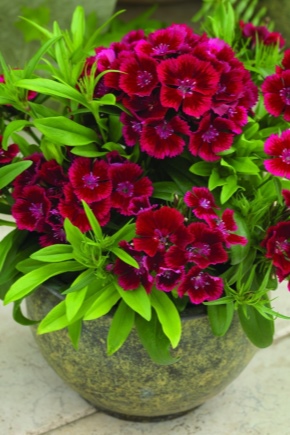
The Turkish carnation is a beautiful plant that can often be found in garden beds in front gardens or village gardens. In the spring, the bushes of this plant turn into a thick and rich carpet, effectively setting off the greenery of the lawn and low-growing shrubs. In this article, we will take a closer look at what this popular flower looks like and how to properly care for it.
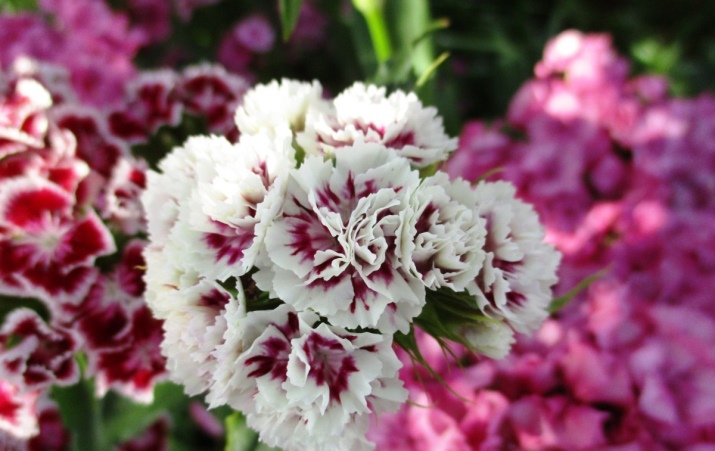
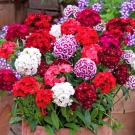

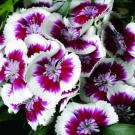
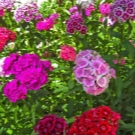
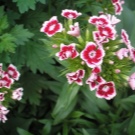
Description
Turkish carnation is perennial ornamental plant, which has beautiful and large inflorescences, characterized by a spectacular spherical shape. The flower exudes a very delicate, pleasant, spicy aroma. This type of carnation is insanely popular and is found in many local areas. Most gardeners prefer this flower as it is unpretentious in matters of care.
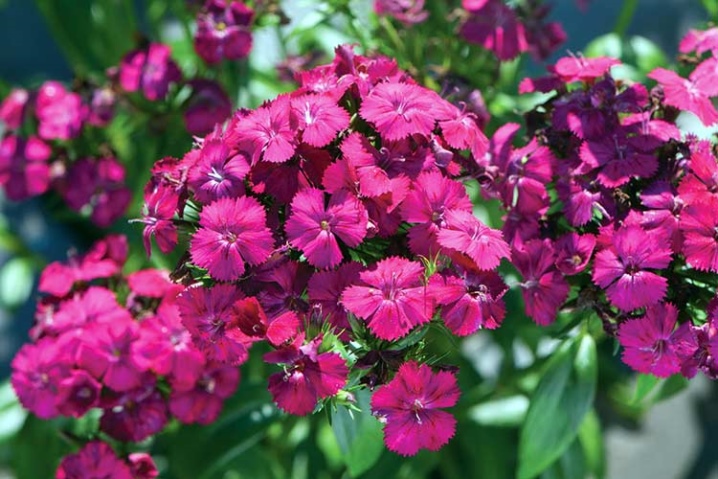
A herbaceous plant can have a variety of petals. They can be either monochromatic or variegated, double or plain. The most common specimens are considered to have "fluffy" caps of white, scarlet, crimson or pink shades. Inflorescences in which several different saturated colors are combined, for example:
- pink and white;
- white, pink and crimson;
- crimson and red;
- pink, gray and white;
- purple, white and burgundy;
- white and crimson / purple.

The Turkish carnation is one of the brightest representatives of the carnation family. It is distinguished by the large size of beautiful umbellate inflorescences - they can reach 15 cm in diameter. The height of plants can be from 15 to 60 cm, depending on the specific variety. There are both undersized and tall varieties.
In the first year after sowing with seeds, densely growing bushes are formed from the rich green rosettes of the basal foliage. Biennial plants are characterized by abundant flowering - they produce erect peduncles.
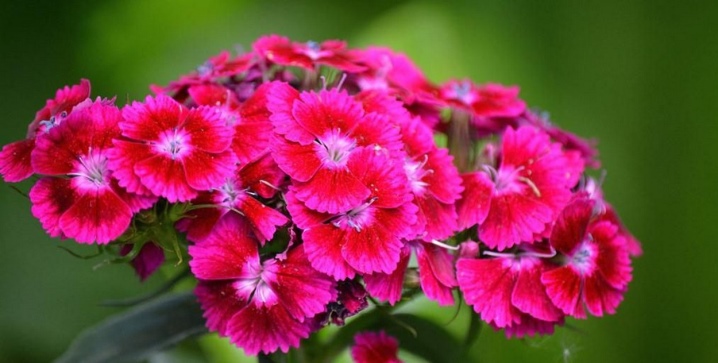
The garden Turkish carnation has lanceolate leaf blades. They are characterized by a straight stem of a knotty type. This decorative flower grows in one allocated place for an average of 4-5 years. Moreover, its reproduction can occur by the sowing method.
This famous plant has another popular, "folk" name - "Bearded" carnation. She was so nicknamed for what she has a shaggy border around the edges of the petals, slightly similar to a small beard.
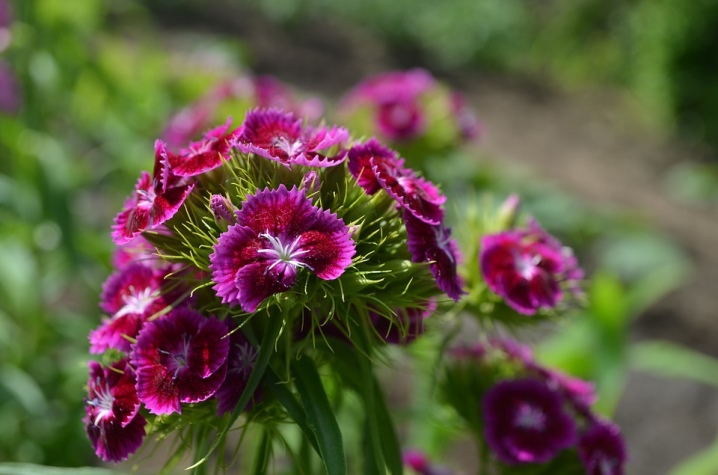
It should be borne in mind that the Turkish carnation is not the most durable perennial.
Usually it is planted for a couple of years. The most abundant flowering of the plant occurs precisely in the second year of life.
The flowering period of the Turkish carnation falls on June-August of the second year. One flower can consist of 30-40 inflorescences. Flower baskets have 5 petals.

Varietal variety
In the garden setting, the Turkish carnation is usually grown as an interesting hybrid, which was obtained by crossing the Carthusian and Chinese carnations. The main distinguishing feature of most varieties is growth rates. Dwarf and tall subspecies usually boast larger, more luxurious flowers that have an intense color.Often, two-year-old carnations are multi-colored. You can also find more interesting specimens covered with beautiful spots.
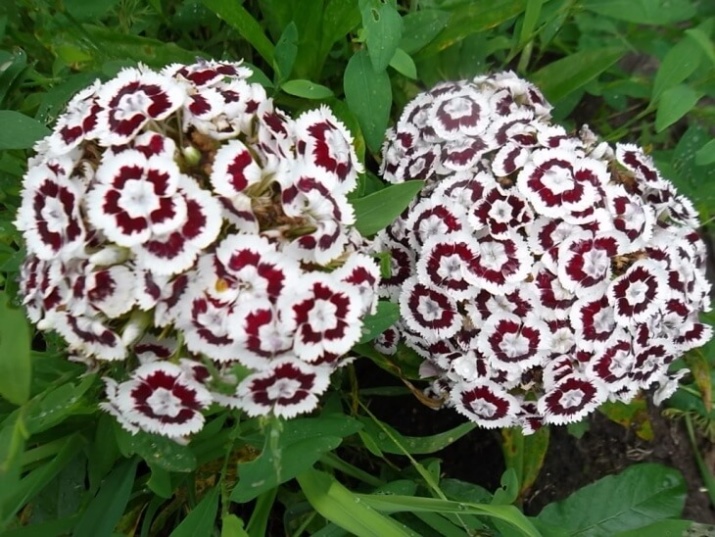
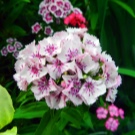
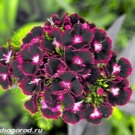
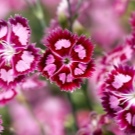
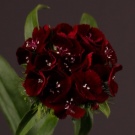
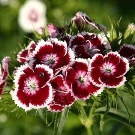
There are many varieties of Turkish carnation. Representatives of each of them have their own distinctive characteristics and features of appearance. NSLet's take a closer look at the most popular and widespread examples.
- Albus. A beautiful plant with snow-white flowers. Representatives of this variety are perfect for planting in classic rocky gardens as curbs for paths and paths.
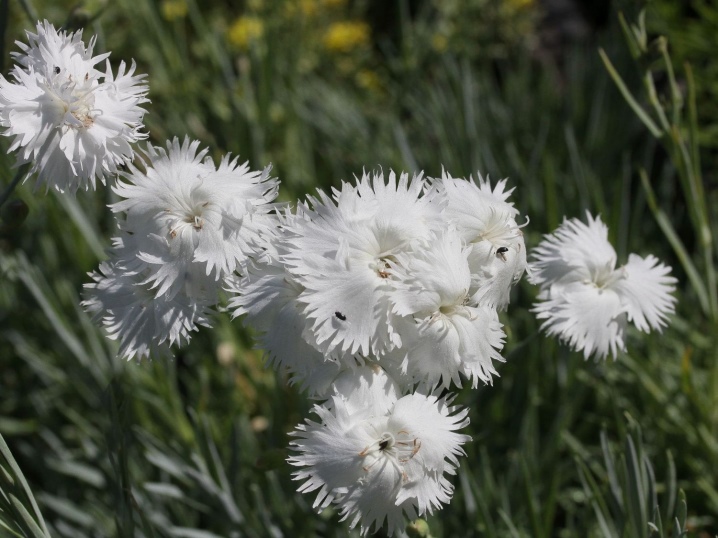
- Auricula-eyed. This name bears a spectacular-looking flower, which has a characteristic middle and snow-white edges of the petals. This plant is available in several colors: salmon, raspberry, pink and purple.
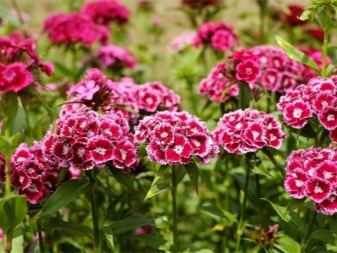
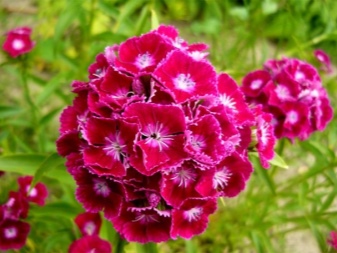
- Nigrikans. A wonderful dark variety. It has erect, tough and strong stems. The usual height of these plants is 40-50 cm. Both the stems and the veins on the leaf plates are set off by a burgundy color. The inflorescences grow solid and dense, with purple-crimson velvet flowers. The latter have contrasting white spots at the base of each petal.
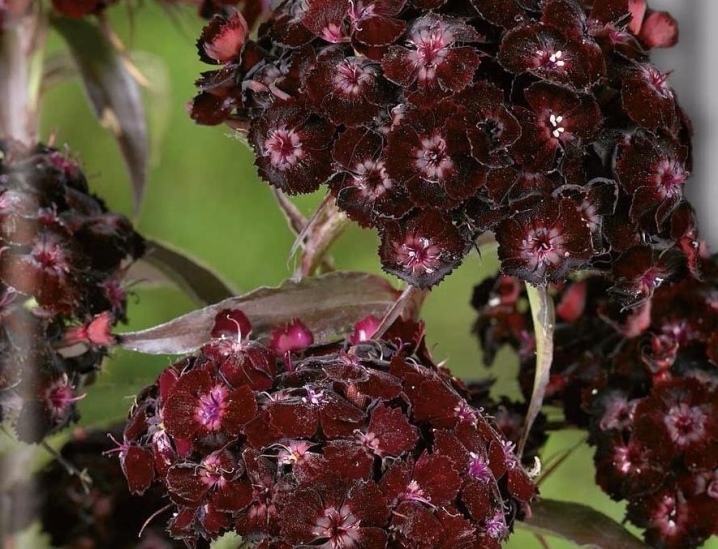
- "Diabunda F-1". A short hybrid perennial resulting from the crossing of Chinese and Turkish carnations. It is characterized by a compact shape. Attracts in this variety and the fact that its representatives can boast not only long, but also abundant flowering. The average height of the bushes is from 20 to 25 cm. Such plants can be safely planted not only in open ground on the site, but also in home pots or special balcony boxes.
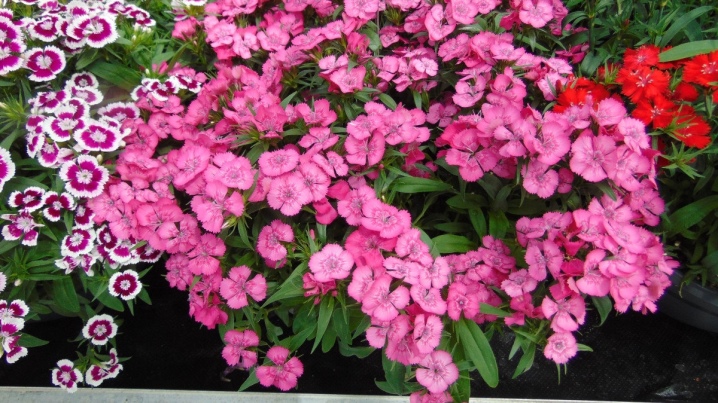
- Newport Salmon Pink. Representatives of this variety belong to the medium-sized category. They differ in modest forms. They can reach a height of about 40-50 cm. The stems grow elastic, covered with lanceolate leaf plates of a rich green color. The flowers are very small, they are distinguished by a thick salmon-pink shade. Finely toothed edges of the petals take place. The inflorescences have a rounded structure and, at the peak of flowering, cover the entire bush with pale pink caps.
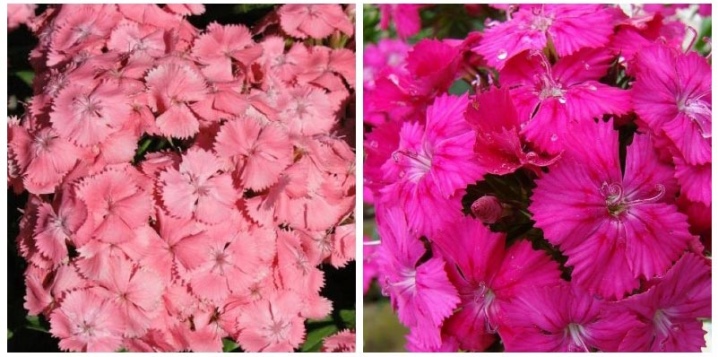
- Holborn Glory. A popular variety, it belongs to the tall type. It is characterized by strong erect bushes, the average height of which is 60 cm. Both stems and foliage have a characteristic rich green color. The flowers are neat, rounded. Their diameter is from 1.5 to 2 cm. Flowers are collected in lush shields up to 12 cm across. The color of the petals is burgundy red with a fringed white fringe and a similar color with an eye.

- "Florence". Delicate and attractive bush of small height, distinguished by beautiful pale pink inflorescences. Representatives of this variety can become a chic decoration of a garden or a local area.
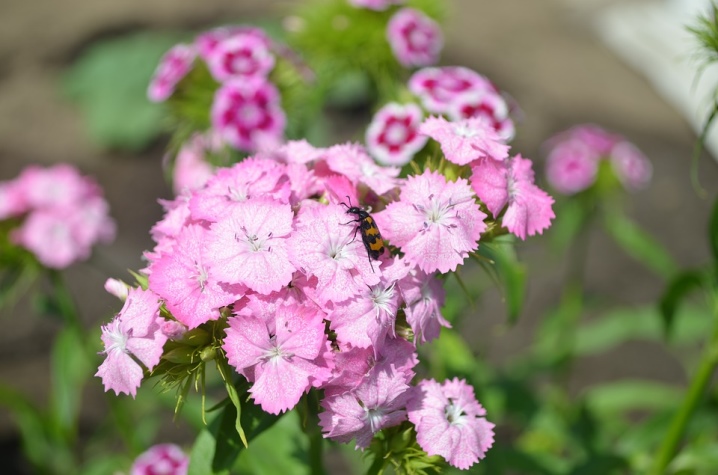
- "Sprint". This variety is annual. It is distinguished by a whole mixture of colors. Plants of this variety bloom in June and flesh bloom until September.
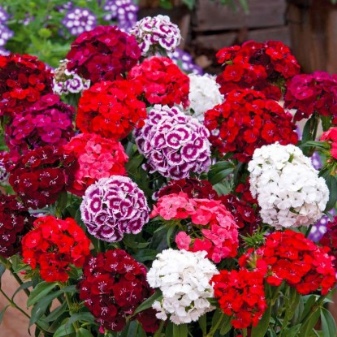

Site selection and soil preparation
The Turkish carnation is a non-capricious and undemanding perennial, which is very easy to care for. Even a novice gardener who does not have much experience in such matters can easily cope with this. But you need to know exactly in what conditions this flower can grow. That's why it is so important to choose the right place for it on the site.
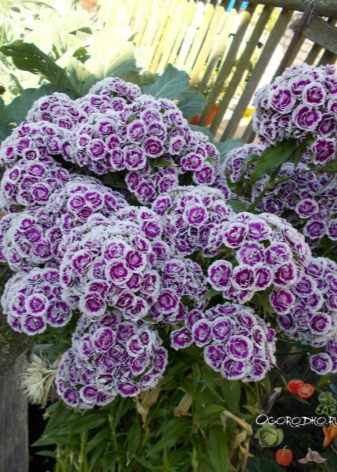

Let us consider in detail what things you need to pay attention to when looking for a place to plant the flower in question.
- Lighting and location. Turkish carnation grows best in sunny areas. Open and well-lit areas are the best solution where plants will grow and reproduce well. It is not forbidden to plant a carnation in a garden partial shade.
- Growing requires only fertile soil, but loam or swampy soils will not work at all. The planting site must be dry - excess moisture in the ground will lead to decay of the flower roots.You should not plant Turkish carnations under trees or bushes, but flower beds near a fence, gate or house will be very useful.
- Temperature. When choosing the optimal place for the plant in question, it is necessary to take into account its requirements for temperature conditions. Turkish carnations are not afraid of low temperatures, spring and autumn frosts. Seeds can be safely planted in April, when the ground only warms up slightly under the influence of the first rays of the sun. But there are also decorative varieties that are not frost-resistant. They must be covered with special materials or spruce branches if there is a threat of frost.
- Priming. In the place where you plan to plant Turkish carnations, there should be loose soil, well fertilized and fertile. Sandy loam soil with slightly alkaline or neutral acidity is suitable.
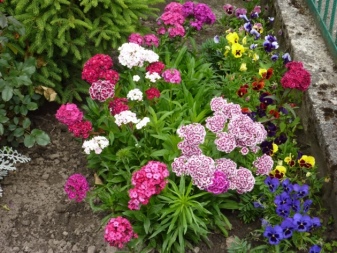
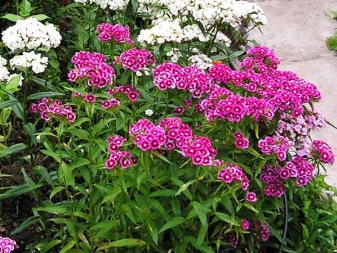
Before planting a Turkish carnation in a place found on the site, you need to resort to digging it up with a shovel (for 1 bayonet). It is imperative to remove all weeds and roots. You cannot neglect these preparatory procedures if you want to grow really healthy and beautiful perennials.
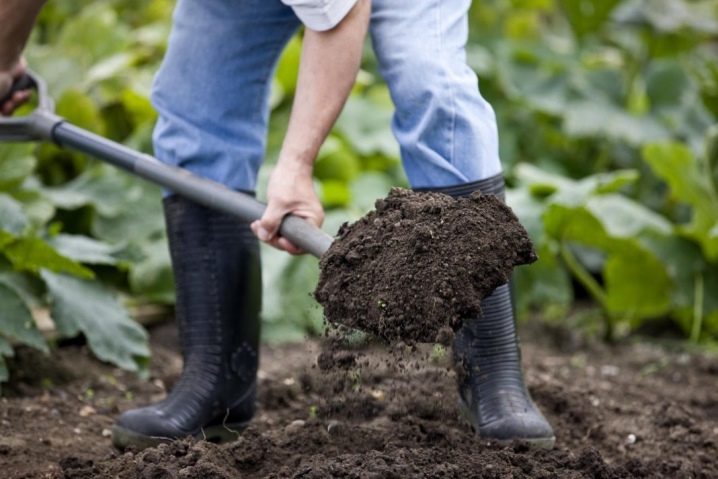
How to plant?
Turkish carnations must be planted according to all the rules. Let's consider how this should be done using the example of a seedling method of transplanting a flower.
In order to get healthy and strong seedlings, it is necessary to lay the sowing material in a previously disinfected substrate. In most cases, disinfection is carried out using a dark pink solution of potassium permanganate.
The substrate must be extremely fertile. It is often made from sand and leaf humus.

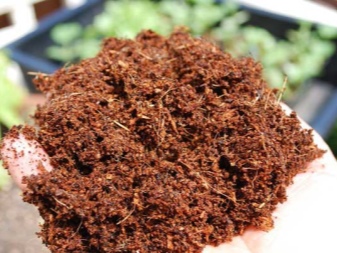
Growing Turkish carnations by seedlings is carried out in this way.
- First, rinse the seedling tank thoroughly with hot water. Next, you will need to lay out a drainage layer on the bottom, and put a slightly moistened substrate on top.
- You can sow seeds by placing them at a shallow depth - 1 cm will be enough. The distance between the seeds should be about 2-3 cm.
- Now the container must be carefully covered with not too dense paper sheets and kept at a temperature of + 16- + 18 degrees. From time to time, the substrate will need to be moderately moisturized.
- When the first shoots break through, the reservoir with them will need to be transferred to the illuminated place. The temperature regime will need to be reduced by at least a couple of degrees.
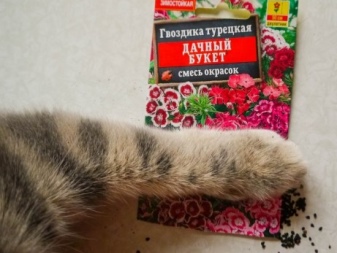
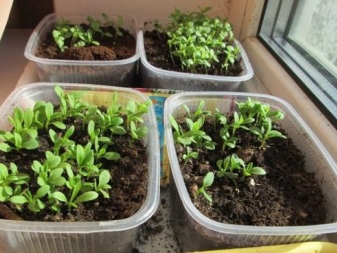
A couple of weeks before transplanting flowers into open ground, procedures for hardening them will be needed. It will be necessary to take the young animals out to fresh air every day. The exposure time must be increased every day. After 2 weeks, the seedlings will completely get used to the new conditions for them. It is desirable that by the specified time they can spend the night with the window open.
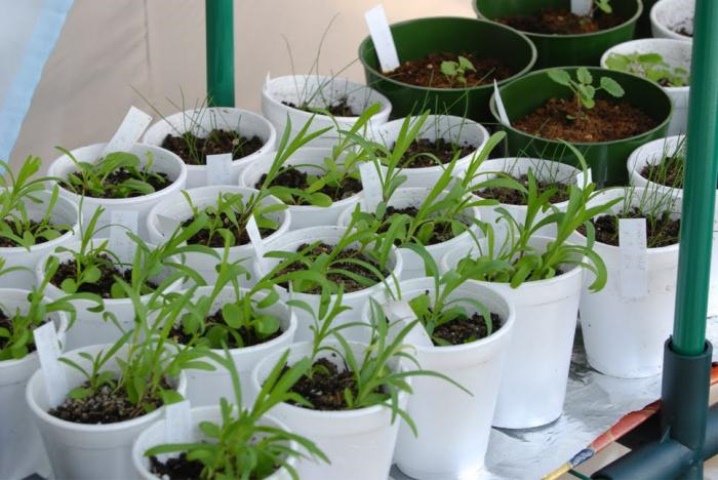
You can also resort to sowing Turkish carnations directly into the open ground, without resorting to the transplant procedure. Experts advise to resort to this procedure in 3-4 decades of May, when you can not be afraid of night frosts, and the earth will be warmed up.
It is advisable to plant seeds to a sunny place Location on. A couple of weeks before sowing, you will need to dig a garden bed to a depth of 20 cm. You will need to add a mixture of wood ash and compost there. It will also be useful to fertilize the earth with mineral compositions for flowering plants. Then the prepared place will need to be covered with polyethylene and left so for about 10-15 days.
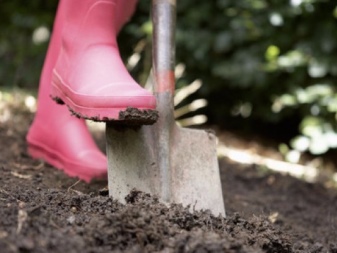
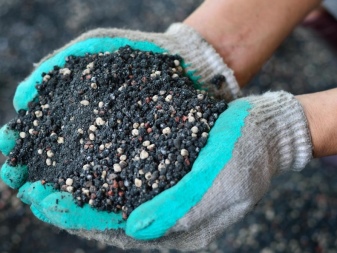
After that, you can proceed directly to planting a carnation.
- In the ground, you will need to make not too deep grooves. Between them you need to make an indent of 15 cm. They will need to be watered.
- Plant seeds should be placed in each of the prepared grooves. There must be a distance of 2-3 cm between them.
- From above it will be necessary to pour the substrate, and then the soil will be compacted. From above, the crops will need to be covered with a special non-woven material.
- When the first shoots appear, the covering material can be removed.

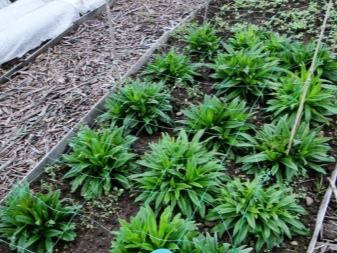
Correct care
Turkish carnation is completely unpretentious, but this does not mean that it does not need proper care. Let's take a closer look at how to care for this popular green pet.
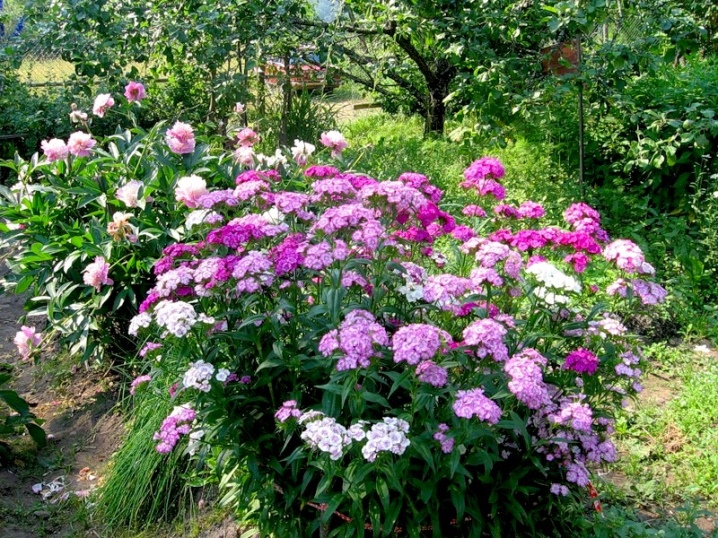
Watering
Turkish carnation does not like watering too often and abundantly. You cannot fill it. It is enough to water the bushes if the weather is dry. Enough 2 times a week. Watering is recommended in the morning or evening. Only 15-20 liters of liquid is required per square meter of the site - a similar amount of moisture will be more than enough for carnations.
You should not overdo it with watering, since the roots of a Turkish carnation are prone to rotting.
In no case should water be poured onto the plant from above - it should fall exclusively under the root of the flower and only in the form of a diffused stream.
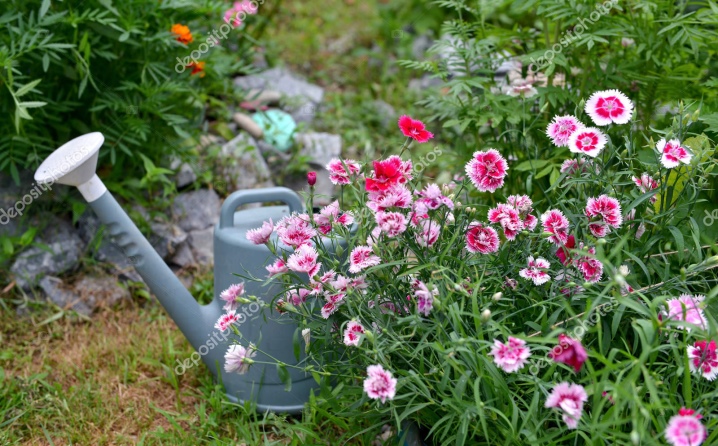
Top dressing
If you feed Turkish carnations correctly, they will be beautiful and healthy. Some gardeners believe that this flower does not need to be fertilized at all, but this opinion is erroneous - the mentioned procedures should not be neglected.
The described perennial can be fertilized with both organic matter and complex mineral compositions. The first top dressing must be applied under the bushes when the level of their height reaches 12 cm. The second time dressing is necessary during the formation of buds.
Garden perennial carnation needs autumn feeding. If this plant does not have enough nutrients, then it will not be able to bloom well.
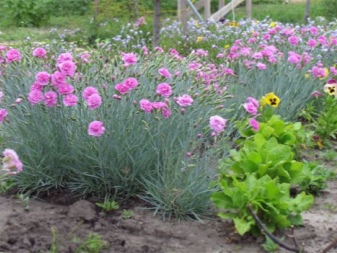
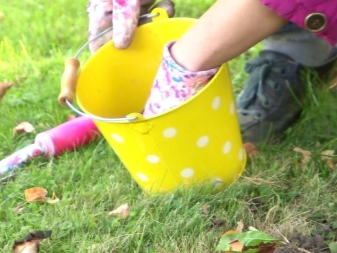
What to do after flowering?
When a Turkish carnation has faded, it is very easy to care for it. The bushes just need to be carefully trimmed. They are cut off almost flush with the ground. At the end of this procedure, the flowers must be watered, weeded, and then loosened up the earth that surrounds them. Already a month later, the bush will give new shoots, which can have time to bloom by the autumn season.
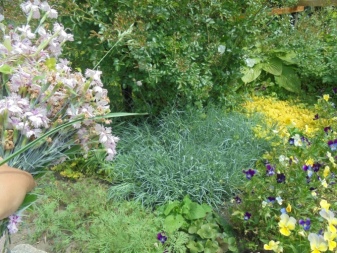
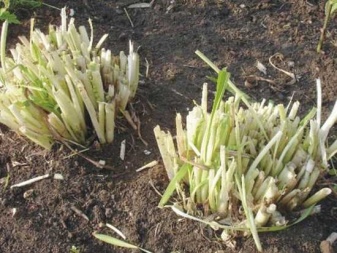
How to prepare for winter?
The Turkish carnation is a frost-resistant plant. However, despite this fact, it is still recommended to cover it with a covering material for the wintering period. For this, spruce branches or backfilling with a peat mixture are suitable. With the arrival of spring, it is not necessary to immediately open the bushes, since at this time of the year there is a danger of night frosts.
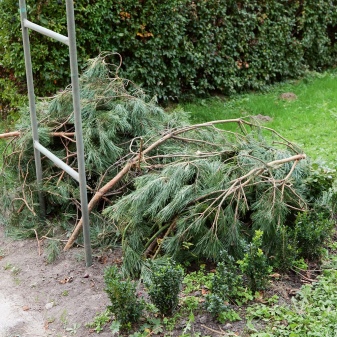
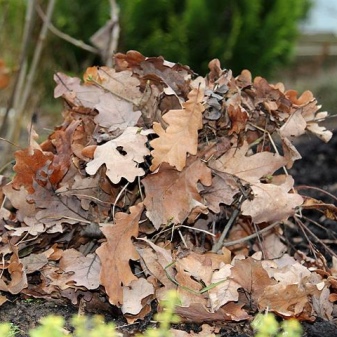
When the flower grows in the spring, the protective material can be removed. Young shoots should be shaded. It must be remembered that cloves have a negative attitude towards an excess of water and moisture, therefore, in winter, if too much snow has fallen, it is better to remove it immediately.
If this requirement is met, in the spring, the soil will not be overly moist and dangerous for the flowers in question.

Reproduction methods
Turkish carnation can be propagated in several ways. Let's figure out in detail what needs to be done in different cases.
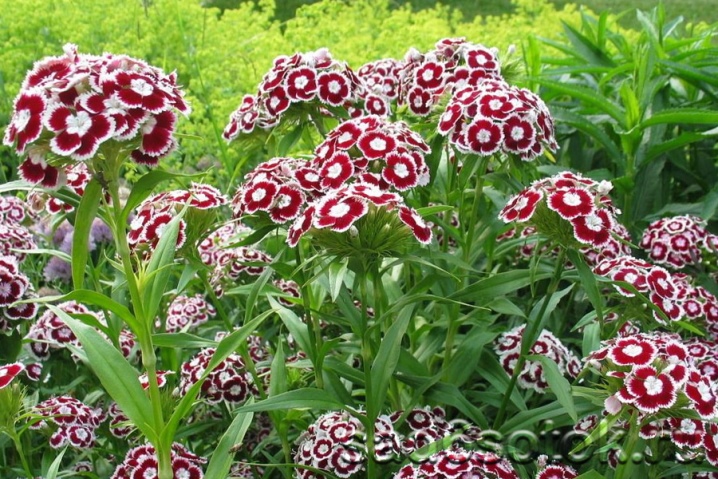
The variety of Turkish carnations you like can be propagated in a popular way - by layering. To do this, you will need to perform the following steps.
- First, you need to take a stalk, press it to the soil, pinning it with a V-shaped wire. This should be done right at the top of the plant.
- Next, you will need to remove the peduncle.
- Sprinkle the stem with slightly moistened soil.
- A month later, the time will come for the rooting of the sprout. Layers can be safely planted in their permanent place on the site.
- Flowers propagated in a similar way repeat the features of the mother bush.

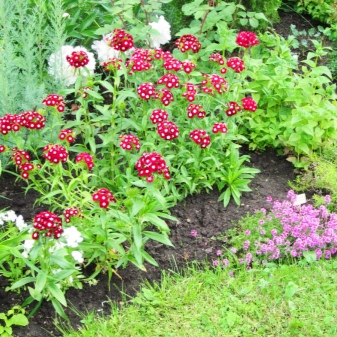
Many gardeners choose cuttings as a method of propagating carnations. Cuttings are cut from the stem of the plant in the second year of its life. Next, the selected element must be planted in a loose and moist soil, while forming a small shadow. After 3 weeks, the seedlings will grow - this can be seen by the appearance of the first leaves.
In August, they need to be replanted. The planted material will be able to bloom only next year.If these procedures are carried out in a greenhouse or greenhouse, then the cuttings will take root much sooner - you will not have to wait long.
This method is used if you want to keep the flower variety you like.
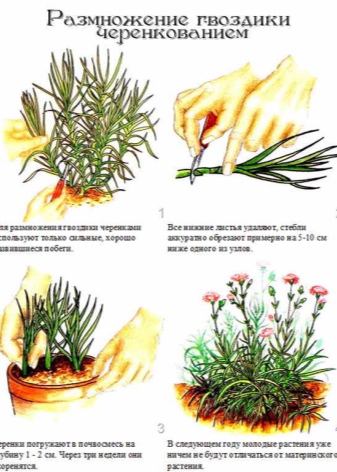
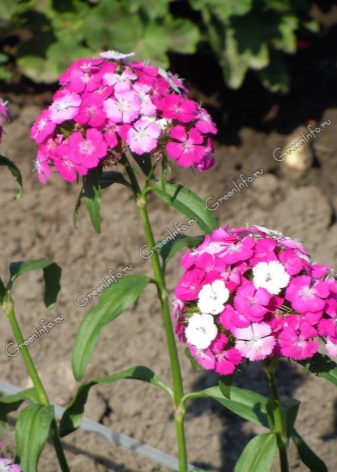
Reproduction of Turkish carnations from seeds is no less popular. It is recommended to resort to this method in June. True, in most cases, in this way, the carnation reproduces on its own, without the involvement of a person. For the following years, flowering usually fades away and becomes less abundant.
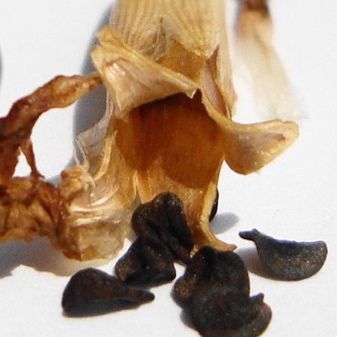
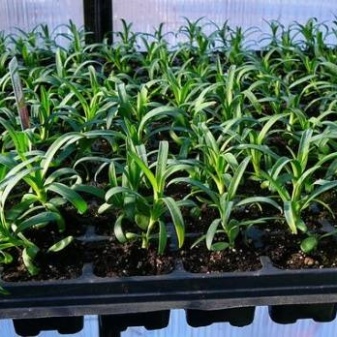
Diseases and pests
The Turkish carnation is a sturdy plant that is resistant to most of the known diseases. Strong immunity makes this plant even more popular. In rare cases, this culture can suffer from serious diseases such as:
- fusarium - the main symptoms here are the twisting of the leaf blades, and then the drying of the flower;
- rust - a very serious disease manifested in the formation of well-visible orange spores;
- gray mold - no less dangerous ailment that can manifest itself if the flower is grown in excessively moist areas;
- mottling - a viral disease, usually activated in the spring and manifests itself in the appearance of spots of incomprehensible shapes on the foliage.

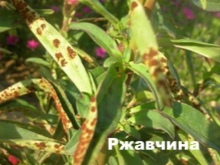
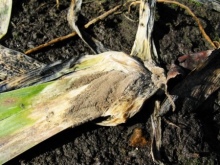
Fusarium can be treated with a solution of copper oxychloride or 0.1% suspension of foundationol. But before that, you will need to get rid of all areas of the plant affected by the disease. Gray rot is treated with the same means, but before that, all the decayed areas of the flower are removed. If the carnation has suffered from rust, then all infected bushes must be destroyed as soon as possible.
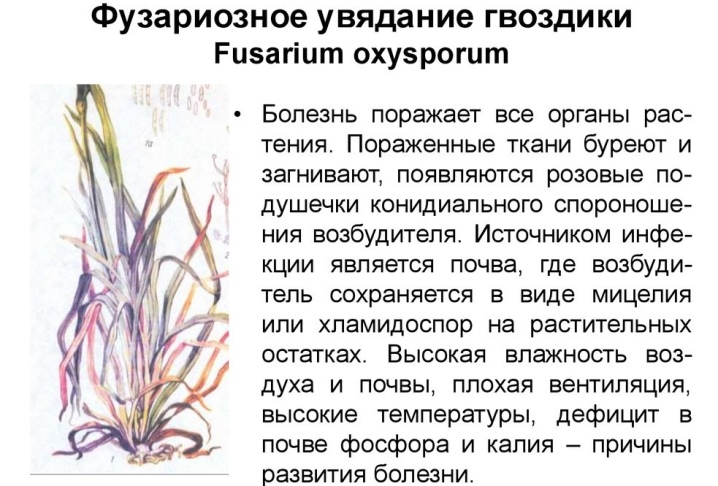
With a mottled plant, as in the case of rust, the bush also needs to be destroyed. The use of medicinal drugs will not have an effect.
Turkish carnation can suffer from pest attacks. She is often attacked aphid, which can severely drain the plant and make it highly susceptible to dangerous fungal infections. You can get rid of aphids by treating the plant with insecticidal agents, such as Arrivo, Intavir or Fitoverm. These formulations are used several times, taking breaks of 5-7 days.
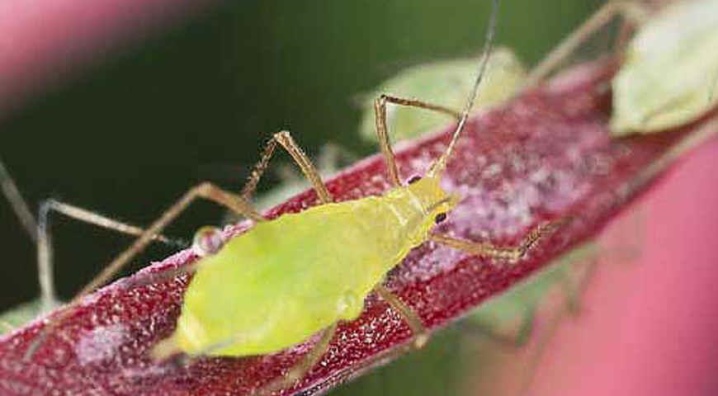
The plant may suffer and from spider mites. If this pest attacked a flower, characteristic whitish grains will appear on the lower half of the leaf plates. You can see a flying white spider web. Feverfew or sulfur preparations can be effective means in the fight against spider mites.
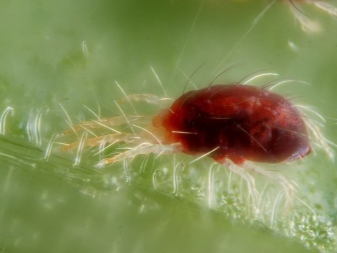
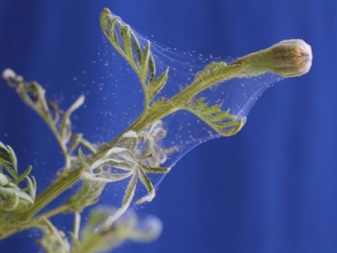
Medvedki also often attack the Turkish carnation. They can severely damage flowers, young shoots and plant roots. You can get rid of them only by digging up the soil in the autumn season. Thus, a kind of trap pits filled with manure are formed. The larvae will move there for wintering and can be easily destroyed in spring.
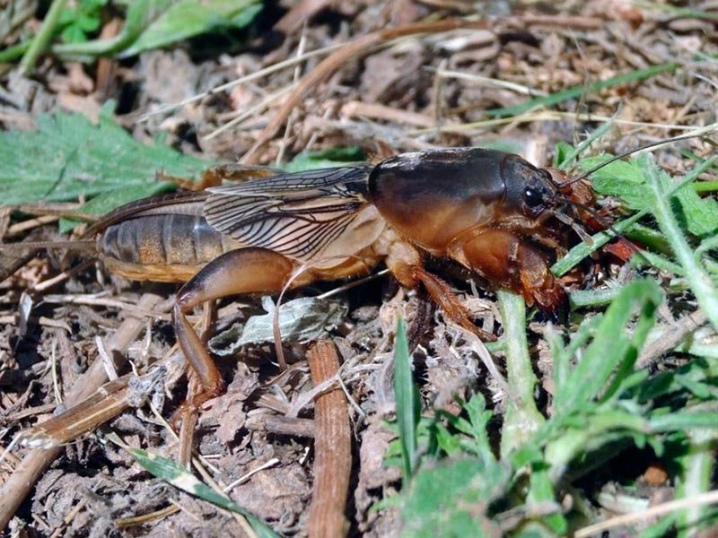
Dangerous for flowers and earwigs. They also damage flowers, seedlings and young shoots. For these pests, traps are made from wet grass, covered with small boards. The parasites will hide there during the day in search of escape from the summer heat.
In the evening, traps can be collected.
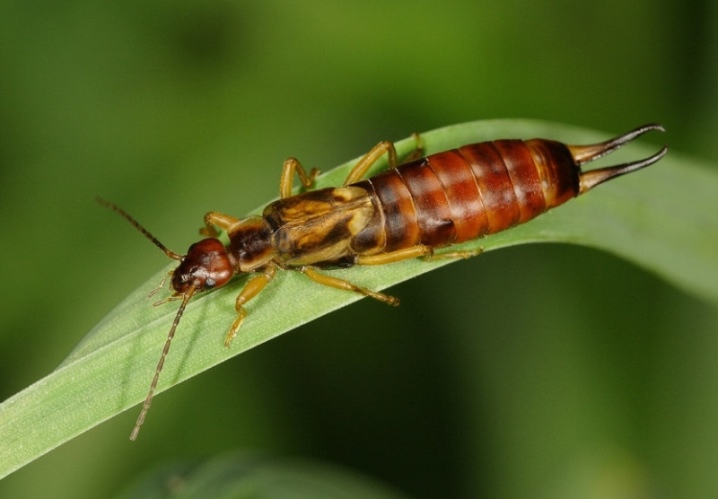
Helpful hints and tips
Many gardeners choose Turkish carnations for growing on their plots. Before choosing the variety you like and rushing to start planting it, it is worthwhile to arm yourself with useful recommendations from experienced florists so as not to face many common problems.
- If you plant this plant in a seedling way, then it should be borne in mind that in conditions of high temperatures, the seedlings can stretch out strongly.
- Sowing seeds in open ground can be carried out in the autumn season (in October), but we must not forget that both the soil and the material for sowing must be dry. Upon completion of sowing activities, the site can be insulated with sawdust or peat. In the spring, the mulch layer must be removed.
- The considered plant needs correct and timely feeding. They must be entered exclusively according to the instructions indicated on the packaging (if you use ready-made purchased products).
- You need to be careful with nitrogen supplements for cloves. If you overdo it with their introduction, then this can lead to the development of many diseases.
- All faded carnation buds must be removed. This procedure is needed to stimulate the further growth of the flower.
- Turkish carnations can be grown not only to decorate a plot or garden, but also for subsequent cutting. The plant will not lose its original appearance for 2 weeks.
- After the watering procedure or the rain that has passed, it is imperative to loosen the ground around the flower, removing all weeds and dried inflorescences.
- When planting a carnation in open ground, you cannot deepen the seed more than 1.5 cm. If you cover the crops with a denser earthen layer, they may simply not break through.
- Plants can easily overwinter, being under a layer of snow, unless you overdo it with mulching. A thin layer of peat is enough. Thicker bedspreads can be made in the northern regions, where the ground can freeze to a deeper depth.
- It is necessary to closely monitor the condition of the planted plants. If there is a suspicion that the flowers are suffering from some kind of disease or pest, you need to take action as soon as possible to treat them. Do not waste time in vain - you need to act quickly.
- Best of all, Turkish carnation propagates by seed, through seedlings. The more valuable varieties and hybrid varieties are mainly cut or obtained material for planting by dividing a perennial bush.
- To successfully grow carnation seedlings, you need to competently prepare a mixture consisting of humus, sand, garden soil and top peat. All components must be combined in equal parts. You can buy a ready-made store-bought substrate for seedlings of not only flowers, but also vegetables.
- When watering the considered crops, it is important not to get water on their leaf plates or buds. If this requirement is neglected, burns may appear on the plant.
- When growing this plant in seedlings, you need to remember that you should not keep the material for sowing in a dark room, where it is hot all the time. In such conditions, the shoots of carnations will stretch too much, become weak and thin.
- If the seeds are planted in autumn, the planting material does not need to be soaked. The grooves should also be dry and should not be pre-watered.
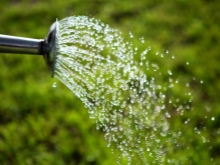
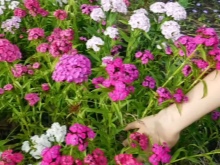

Use in landscape design
There is a reason why the Turkish carnation is so common. Gardeners are attracted to it not only by its unpretentiousness and ease of care, but also by its beautiful appearance. This plant can be a wonderful decoration for any site.
Flowers look good in combination with other crops of different colors.
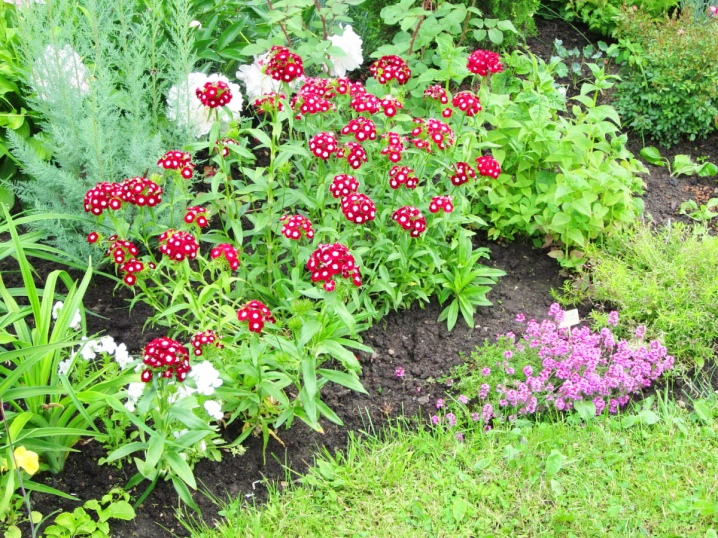
Often, carnations are planted as a curb plant. It can effectively decorate garden paths. For this, you can choose both monochrome and multi-colored varieties.
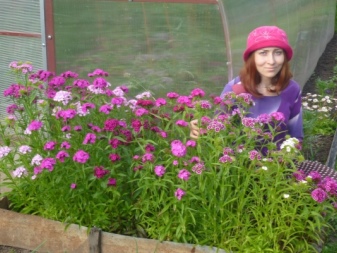
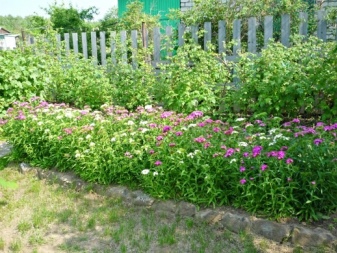
These flowers are often planted near the house. Even the simplest and most discreet buildings, these green pets can decorate, make them more aesthetic and attractive.
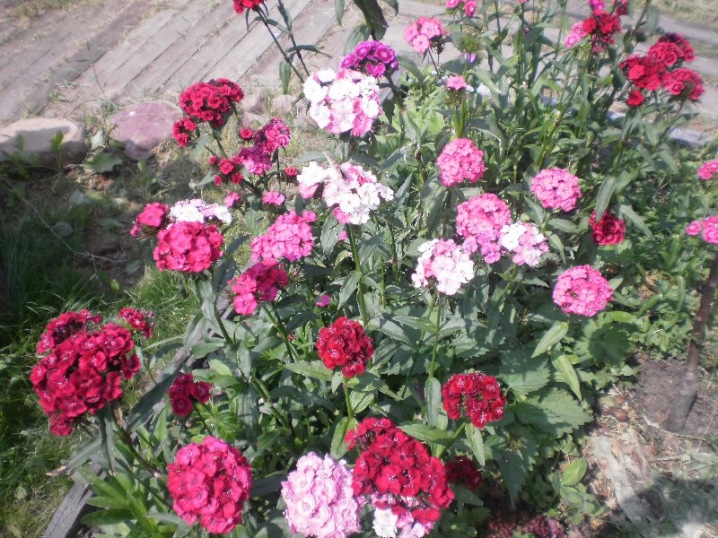
For the cultivation and care of Turkish carnations, see the video.







































































































The comment was sent successfully.